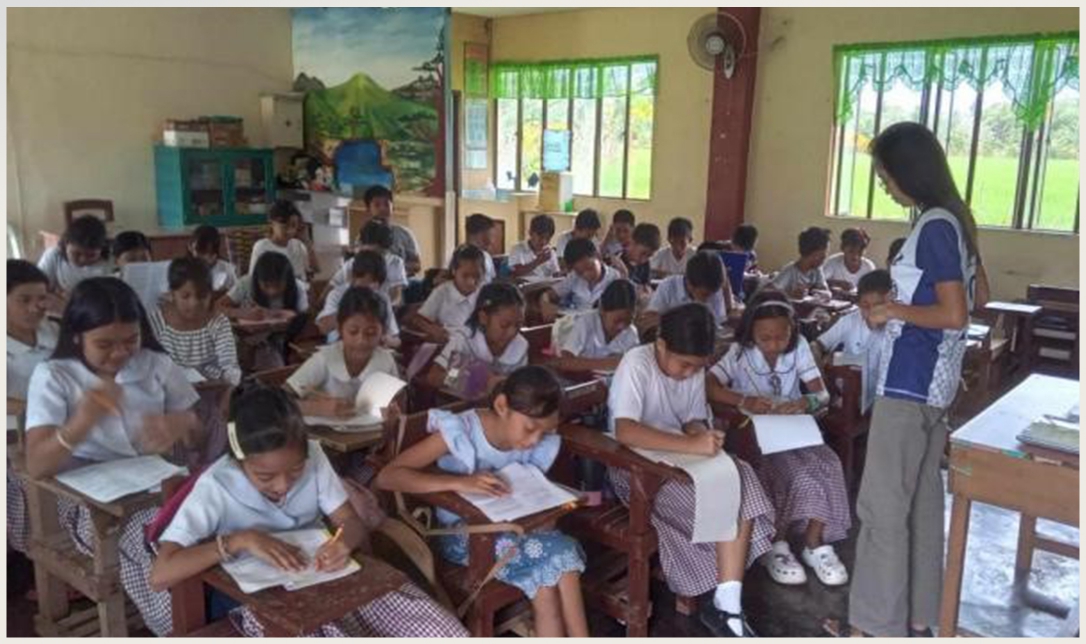Utilizing the lattice method to enhance multiplication automaticity in Grade 4 Pupils
DOI:
https://doi.org/10.59120/drj.v15i3.258Keywords:
Cateel, Lattice method, long method, math education, multiplicationAbstract
This study introduced a new method to help students who struggle with multiplying multiple digits. This study examined the effect of the lattice approach on multiplication automaticity among Grade 4 students at Cateel Central Elementary School during the school year 2023-2024. Utilizing a quasi-experimental methodology, the study compared two intact groups: a control group with 22 respondents taught using traditional multiplication methods, and an experimental group with 21 respondents taught using the lattice method. Pre-test results indicated that neither the control nor the experimental group met the expectations set by the K to 12 grading system, with grade percentages of 65.68 and 67.22, respectively. Statistical analysis showed no significant difference between the pre-test scores of the two groups, suggesting a similar initial level of multiplication proficiency. Post-test results, however, revealed a significant improvement in the experimental group's performance, with a grade percentage of 84.77 compared to the control group's 74.70. The statistical analysis confirmed this difference as significant, with a t-value of -3.383 and a p-value of 0.002. The findings demonstrate the superior efficacy of the lattice method over traditional teaching methods in enhancing multiplication skills among Grade 4 students.
Downloads

Downloads
Published
Issue
Section
License
Copyright (c) 2024 Crezel Jane F. Moreno, Bryan L. Susada

This work is licensed under a Creative Commons Attribution-NonCommercial 4.0 International License.
DRJ is an open-access journal and the article's license is CC-BY-NC. This license allows others to distribute, remix, tweak, and build on the author's work, as long as they give credit to the original work. Authors retain the copyright and grant the journal/publisher non-exclusive publishing rights with the work simultaneously licensed under a https://creativecommons.org/licenses/by-nc/4.0/.





